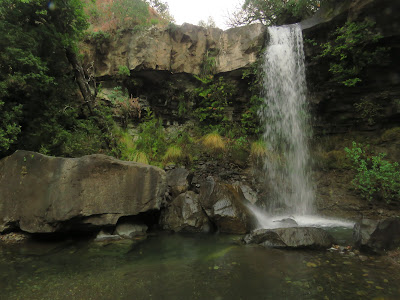Its peaks stretch far into the sky,
Its valleys, deep and wide,
A world of stone and mist,
A place of peace, where one can rest.
The Drakensberg
The KwaZulu-Natal Drakensberg, also known as the uKhahlamba-Drakensberg Park, is a majestic mountain range located in South Africa. Its rugged peaks, lush valleys, and pristine streams have attracted visitors from around the world, making it a popular destination for hikers, climbers, and nature enthusiasts. But the Drakensberg is much more than just a natural wonder; it has a rich history dating back thousands of years.
The Drakensberg was first inhabited by the San people, who were skilled hunters and gatherers. They lived in the region for thousands of years, leaving behind a wealth of rock art that can still be seen today. The San were eventually displaced by the Bantu-speaking people, who arrived in the area around 1,500 years ago. These early settlers were farmers who practiced slash-and-burn agriculture and kept cattle.
In the early 19th century, the Drakensberg became a battleground during the Anglo-Zulu War. The British army, led by General Sir Garnet Wolseley, marched into the region to subdue the Zulu people, who had been resisting colonial rule. The Zulu were skilled warriors who had successfully defended their land against European invaders for decades, but they were eventually defeated by the British.
In the late 19th and early 20th centuries, the Drakensberg became a popular destination for European settlers and adventurers. They were drawn to the region's rugged beauty, pristine wilderness, and abundant wildlife. Many of these early visitors were instrumental in documenting the region's natural and cultural heritage, including its rich collection of rock art.
Today, the Drakensberg is a protected national park, recognized by UNESCO as a World Heritage Site. The park covers over 240,000 hectares of land and is home to an incredible diversity of flora and fauna. Visitors can explore the park's many hiking trails, which range from easy walks to challenging multi-day treks. They can also visit the park's many cultural sites, including the rock art of the San people and the ruins of early European settlements.
The KwaZulu-Natal Drakensberg is a testament to the enduring power of nature and human ingenuity. Its rich history, spanning thousands of years, is a reminder of the deep connection between people and the land. Today, the park continues to inspire and awe visitors from around the world, offering a glimpse into a world that is both ancient and timeless.
We as hikers, explorers, and adventurers have the absolute duty to respect and protect our Wildernesses. Nobody else will do it for us. Take ownership!
The End.
Safe Hiking.
References and Acknowledgements
Willem Pelser
Compiled by: Willem Pelser








No comments:
Post a Comment